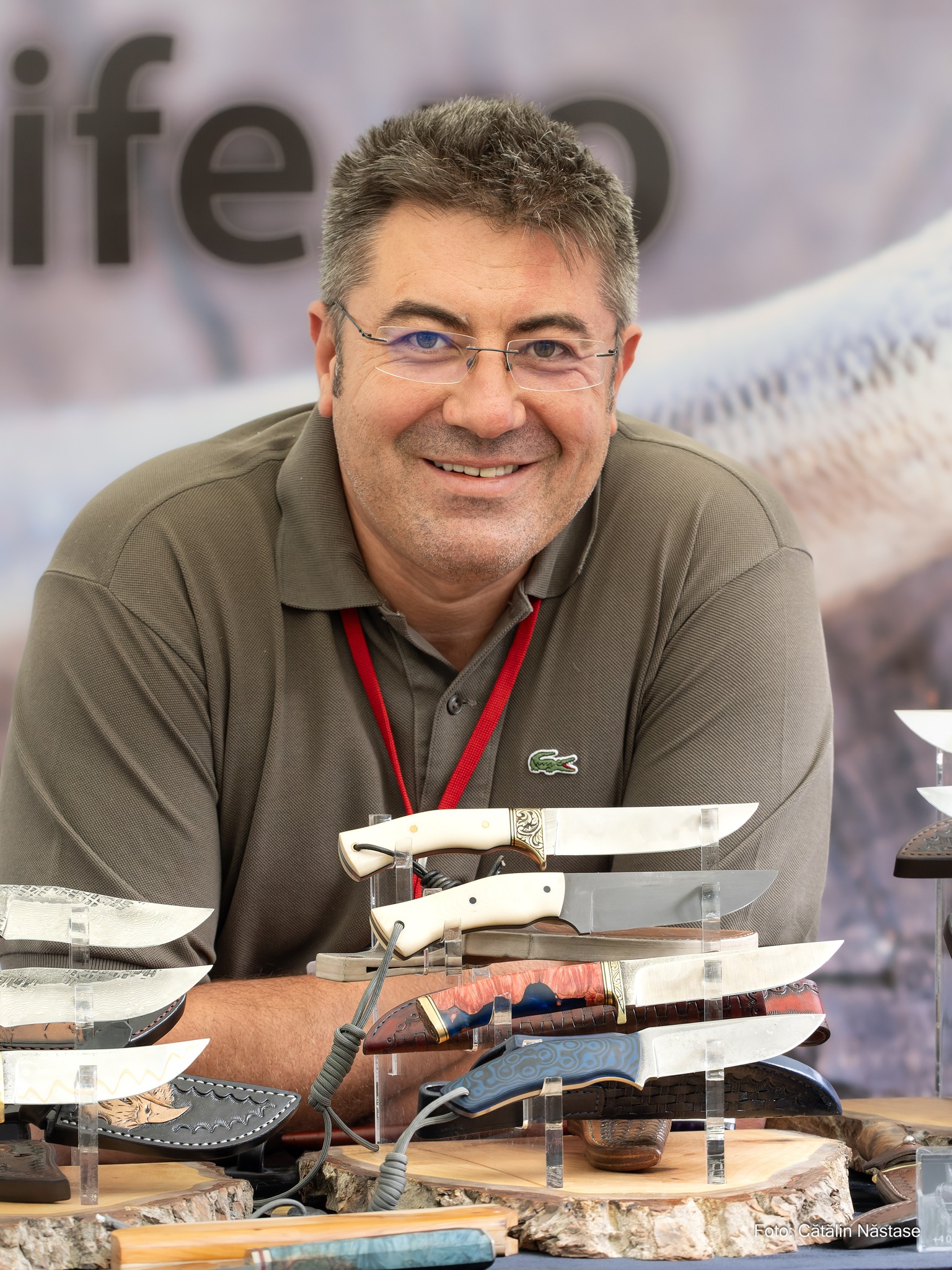Acum mai bine de 25 ani am inceput sa confectionez cutite la comanda. In aceasta perioada nu includ “ucenicia”, care ainceput in jurul varstei de 12 ani si a durat mai mult de 12...
Calea spre o dotare optima este un proces lung si costisitor si nu se va incheia niciodata, dar au fost moment in care ceea ce fac astazi intr-un atelier faceam cu uneltele de pe un banc de lucru.
Am inceput sa fac cutite la comanda din pasiune, pentru a multumi prieteni si client care nu isi gaseau cutitul ideal.
